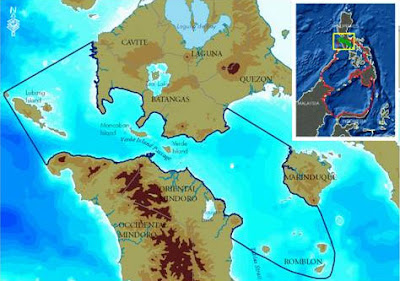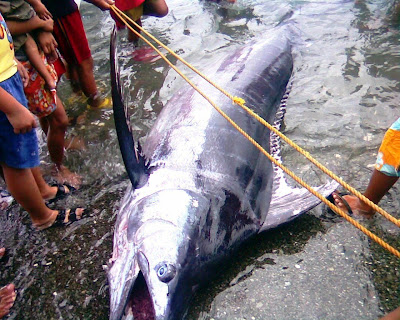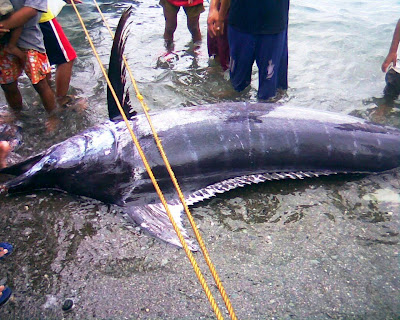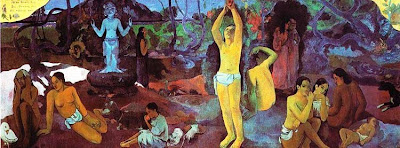
The center of the highest concentration of marine biodiversity in the world is an area of 900,000 square kilometers, the heart of the coral triangle in the Philippines, Indonesia and Malaysia, accounting for 50 percent of the world’s coral species. This is known as the Sulu-Sulawesi Seascape.
In 2004 American marine biologist Dr. Kent Carpenter, global marine species assessment coordinator of the World Conservation Union and fellow researcher Dr. Victor Springer, curator emeritus of the Smithsonian Institution discovered that the center of the center of marine shore fish biodiversity in the world was the Philippines and not Indonesia.
Amost 3,000 maps showing the distribution of marine species from all over the world were analyzed, and it was found that the highest percentage (2.5) of biological diversity was found in the Philippines.
The central Philippine archipelago which includes the Tubattaha Reef, a UNESCO world heritage site, was thus identified as the center of the center of marine biodiversity.
Within this center of marine biodiversity, the largest concentration of marine life in the world with a recorded 1,736 overlapping marine species in a 10 by 10 kilometer marine habitat was identified within the Verde Island Passage between Batangas and Mindoro. The entire Verde Island Passage Marine Corridor, a busy sea lane, covers portions of the coastal waters of
Batangas, Oriental Mindoro, Occidental Mindoro, Marinduque and Romblon. Conservation efforts and management plan
Conservation efforts and management planIn 2004, First Gen in partnership with First Philippine Conservation, Inc. (FPCI), Conservation International-Philippines (CI-P) and the local government of Batangas City formulated and implemented a conservation and development program for the two marine protected areas of Batangas City located in Verde Island.
Much of the conservation efforts are at present centered on Batangas due to serious problems such as mangrove area conversion and marine pollution. USD1-million was committed by First Gen that would be used by FPCI and CI-P to ensure that conservation work in the passage is implemented and sustained in partnership with the local community stakeholders. By 2007, the project has expanded to cover marine protected areas in the island municipality of Tingloy, Batangas and the Apo Reef Natural Park (ARNP).
In 2006, the ‘Center of the Center’ campaign was launched by the project partners together with the Department of Environment and Natural Resources (DENR) to raise public awareness on the Verde Island Passage and the impending need for concerted action. .
President Gloria Macapagal-Arroyo then responded by convening a national conference on biodiversity. During that conference held on November 8, 2006, she signed Executive Order 578 ordering, among others, the creation of a multi-agency task force on Verde Island Passage with specific mandate of formulating an integrated management plan for the passage.
 Call for Action from Scientists
Call for Action from ScientistsIn August 2009, a gathering of scientists was organized by Conservation International (CI) and held in Washington, D.C. During the meeting, the scientists collectively called for immediate action from the global community to protect the hugely important site. This site has been dubbed by the scientists as
"the world’s blue water version of the Amazon River basin."The CI report stressed its importance to marine conservation because habitat threats in the Philippines could result in mass extinctions of species similar to what is occurring in the Amazon River Basin.
"The Philippines can therefore be considered as the marine counterpart of this famous terrestrial center of biodiversity", the report stated.
CI said the Passage “
has arguably the highest concentration of marine species of any region in the world’s oceans, including whale sharks (Rhincodon typus) and giant clams (Tridacna gigas).”The scientists said climate change, along with over-exploitation of resources, is threatening the marine habitats.
“The marine habitats and species of the Verde Island Passage are already threatened by human impacts, like overfishing, pollution and coastal infrastructure development. Climate change is intensifying these impacts, with severe consequences for the well-being of the people of the area,” said Dr. Giuseppe Di Carlo, CI marine climate change manager.
Photos courtesy of Sammy Ang.











